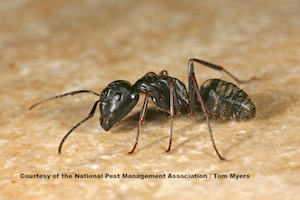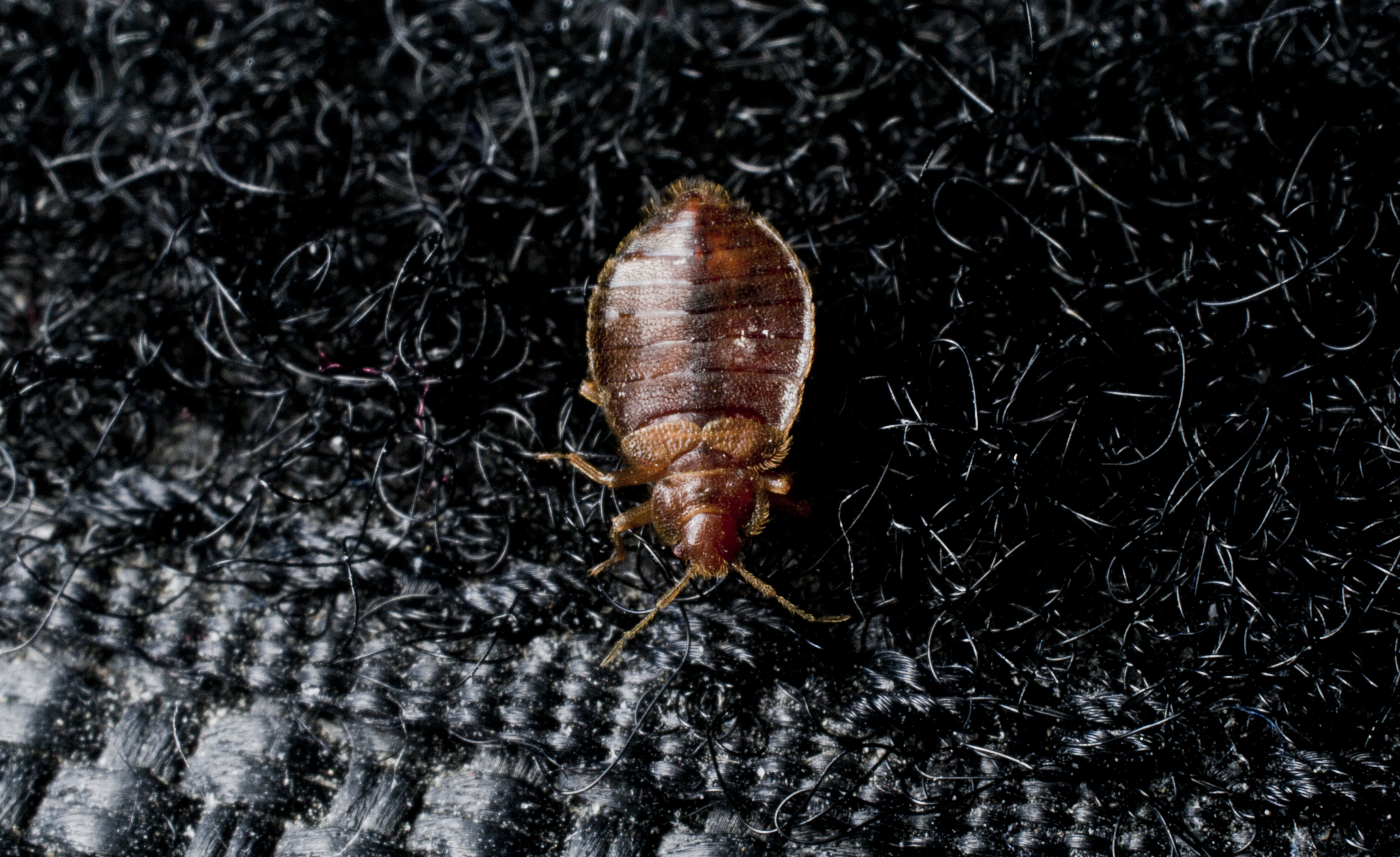Rainy Spring and Summer Will Do More Than Dampen Outdoor Plans
The National Pest Management Association’s Spring & Summer 2021 Bug Barometer® forecast calls for increased pest pressure across the entire U.S.

FAIRFAX, VA (March 18, 2021) – The National Pest Management Association (NPMA) today released its bi-annual Bug Barometer® forecast, a seasonal projection of the pest pressure and activity Americans can expect to see in their respective regions of the country based on weather patterns, long-term forecasts and pest biological behaviors. According to the group’s team of entomologists, warm and wet spring and summer conditions predicted for much of the U.S. will contribute to spikes in pest populations nationwide.
“While warm weather is a much-needed respite from the bitter cold temperatures most of the U.S. faced this winter, it unfortunately also brings increased pest pressure as well, especially when coupled with excess precipitation,” said Jim Fredericks, Ph.D., chief entomologist for the NPMA. “With much of the country headed towards a hot, rainy spring and summer, disease-transmitting pests like ticks and mosquitoes will be afforded ideal conditions for populations to thrive. Other moisture-loving pests such as termites, ants and cockroaches may also experience a population boom, making proactive pest prevention and personal protection paramount to safety.”
2021 also brings with it the emergence of Brood X, the largest brood of 17-year periodical cicadas in the U.S., across 15 states. “In addition to heightened pest problems due to favorable weather conditions, almost one-third of the U.S. will also bear witness to the emergence of billions of Brood X cicadas from May through August. While harmless to humans, homes and pets, the phenomena can be quite jarring as the sound volume can reach 100 decibels in areas with large numbers of cicadas,” added Fredericks.
Based on this analysis, the National Pest Management Association’s Spring & Summer 2021 Bug Barometer is forecasting an increase in pest pressure across the entire U.S. this season:
Northeast & New England
A warm, wet spring followed by a mild, wet summer will contribute to an increase in tick and mosquito activity and may also result in increased termite activity. The hot summer forecast will bring more ants inside buildings and much of this region will also see the emergence of Brood X cicadas.
Southeast
A rainy spring and summer will create ideal conditions for mosquitoes and termites to thrive. Warm, wet weather in the summer will create perfect conditions for cockroach populations to increase outdoors and move into structures.
Great Lakes, Ohio Valley & Midwest
A mild spring followed by a warm and wet summer in the eastern Great Lakes region will allow both mosquito and tick populations to thrive. Drier conditions in the south and upper Midwest may also drive ants indoors in search of water.
North Central U.S.
Warmer than normal temperatures will support an increase in stinging insects. Warm and wet spring and summer conditions in the north will also allow mosquito and tick populations to thrive.
South Central U.S.
A warm and wet spring could spur early mosquito and termite activity. Drier summer conditions in the north may drive cockroaches indoors in search of moisture, and wet conditions in the south will allow ant populations to thrive.
Southwest U.S.
Cooler conditions and increased rainfall in spring and summer may drive ants indoors and allow springtail populations to flourish.
Northwest U.S.
Mild spring conditions will allow ant populations to thrive. Increased rainfall predicted for summer will allow tick and mosquito populations to flourish as well.
“To limit exposure to ticks and mosquitoes, it’s important to apply an EPA-registered bug repellent containing at least 20% DEET before spending time outdoors,” said Fredericks. “If an infestation is suspected on your property, be sure to contact a licensed pest control professional immediately before things get out of hand.”
For more information about pests or NPMA’s Bug Barometer® forecast, visit PestWorld.org.
###
About the National Pest Management Association
The NPMA, a non-profit organization with more than 5,500 members, was established in 1933 to support the pest management industry's commitment to the protection of public health, food and property from the diseases and dangers of pests. For more information, visit PestWorld.org or follow @PestWorld on Facebook, Twitter, Pinterest and YouTube.

Learn About Ants
Ants are a common pest homeowners struggle to eradicate. Learn more about them!

Bed Bug Pest Guide
Traveling for the holidays this year? Be sure to keep an eye out for bed bugs! Use our Pest Guide to help identify this pest.

NPMA's What Grows There? Project
Check out NPMA's What Grows There? project to learn how pests, such as flies, cockroaches and rodents, can spread germs throughout a home.

About the National Pest Management Association
The NPMA, a non-profit organization with more than 5,500 members, was established in 1933 to support the pest management industry's commitment to the protection of public health, food and property from the diseases and dangers of pests. For more information, visit PestWorld.org or follow @PestWorld on Facebook, X, Pinterest, TikTok and YouTube and @PestWorldOfficial on Instagram.

Learn About Ants
Ants are a common pest homeowners struggle to eradicate. Learn more about them!

Bed Bug Pest Guide
Traveling for the holidays this year? Be sure to keep an eye out for bed bugs! Use our Pest Guide to help identify this pest.

NPMA's What Grows There? Project
Check out NPMA's What Grows There? project to learn how pests, such as flies, cockroaches and rodents, can spread germs throughout a home.
